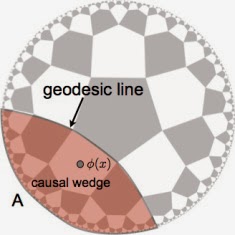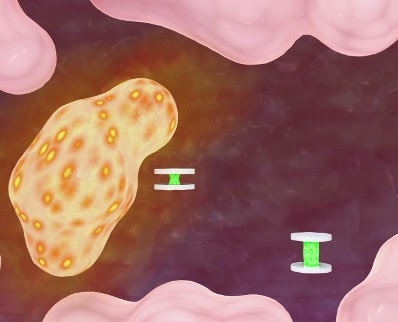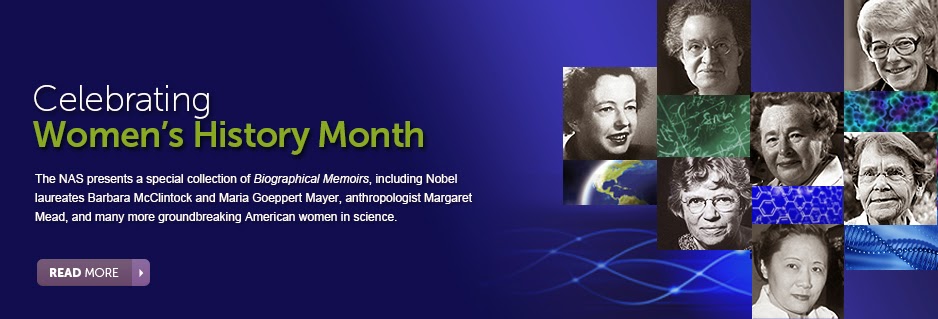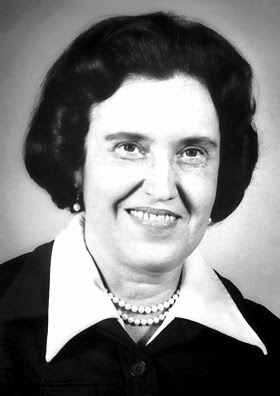Topics: Alien Life, Existentialism, NASA, SETI, Space, Space Exploration
This is the most recent article I've seen on the subject, stemming from the pronouncements of a NASA scientist that within 20 - 30 years, we'll confirm the existence of alien life:
"I think we're going to have strong indications of life beyond Earth within a decade, and I think we're going to have definitive evidence within 20 to 30 years," Nasa chief scientist Ellen Stofan said on Tuesday, during a panel discussion focusing on the space agency's search for habitable environments outside of Earth.
Now, the article only suggests within the solar system, things like oceans on frozen moons around Jupiter or Saturn; microbes on Mars. It wouldn't have to say anything, fly in a spaceship with death rays, or speak at all. The fact that it is beyond the clouds we've known to stipple ozone blue skies. That would be "extra-terrestrial"; that would be as shattering as an actual contact with advanced intelligence. It would expand the notion of where life is, what forms it would take: if it is ubiquitous in our own solar system, then it is probably in all likelihood everywhere there are favorable conditions for it.
Wikipedia: partial plot synopsis, "Contact" (1997 movie) by Carl Sagan:
The nations of the world fund the construction of the machine in Cape Canaveral at the Kennedy Space Center's Launch Complex 39. An international panel is assembled to choose a candidate to travel in the machine. Although Arroway is one of the top selections, Christian philosopher Palmer Joss, a panel member whom Arroway met in Puerto Rico and with whom she had a brief romantic encounter, brings attention to her lack of religious faith. As this differentiates her from most humans, the panel selects Drumlin as more representative. On the day the machine is tested, a religious fanatic destroys the machine in a suicide bombing, killing Drumlin and many others.
Truther: Noun- One who rejects the accepted explanation of the events of 9/11. Truthers generally believe the U.S. government committed the acts of terrorism against itself. Urban Dictionary
That definition morphed over time: from flat-Earthers (with their own web site); to birthers; from denial of the moon launch to vaccine truthers that endanger the human herd in America and climate change denial that will eventually endanger entire species, human or otherwise. What then is a microbe that metabolizes oxygen in similar fashion to that which we've observed? What is any reality that collectively we don't want to except, but the next inconvenient truth-cum-conspiracy-theory, blared over web sites and trolled on social media? It may not be as melodramatic as the Contact scene, but I've noticed zealots - religious and irreligious - that attack anything that doesn't conform to their preconceived notions of what's "right" with their thought processes and what's "wrong" with everyone outside of their particular group. Once you can "other" anyone as outsider, you can remove their humanity, justify their slaughter, either actual, or digital avatar: ET truther.
Knowledge is not just power: it is disruptive to power and regressive forces serving power determined to fight mightily in order to distort it, or destroy it.
Knowledge is power, and so is the darkness of ignorance.
Dark ages - once fully metastasized - have a way of lasting a long, long time.
"...Science is a reliable method for creating knowledge, and thus power...science constantly disrupts hierarchical power structures and vested interests in a long drive [by science] to give knowledge, and thus power, to the individual, and that process is also political." From "Fool Me Twice - Fighting the Assault on Science in America," Shawn Lawrence Otto



















